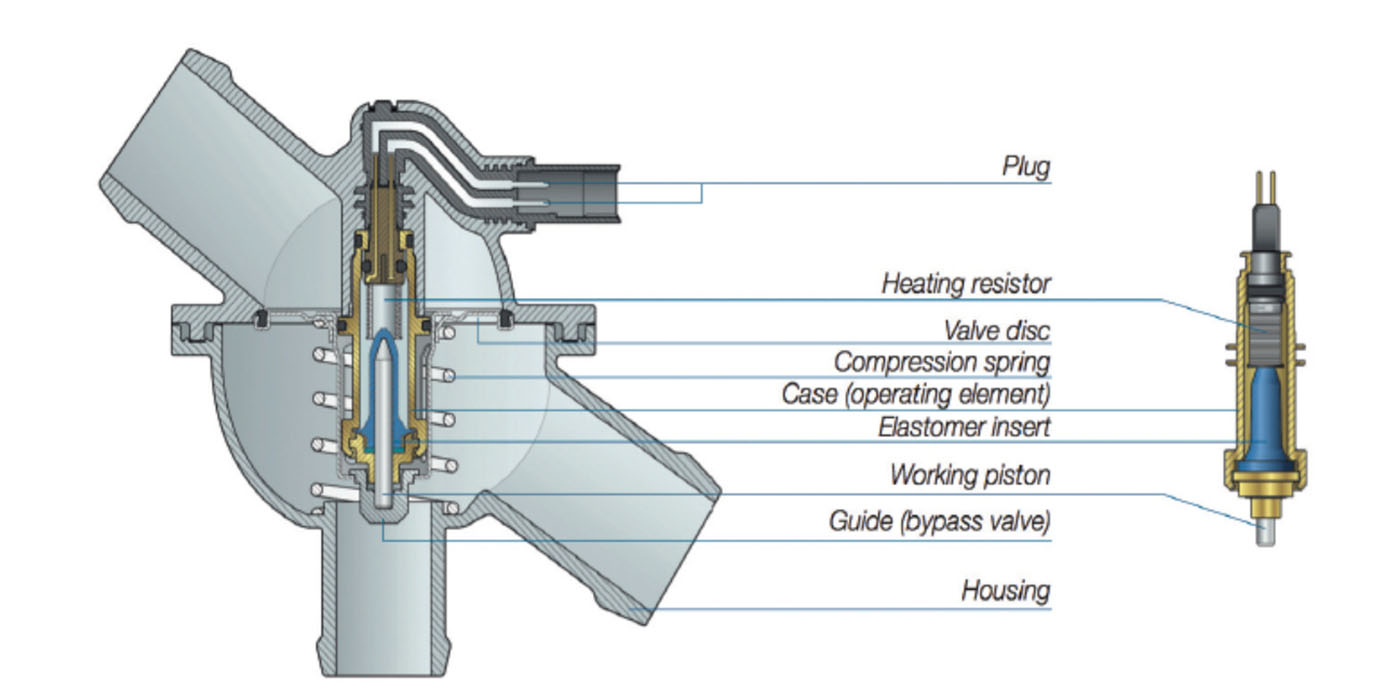To begin, every vehicle that enters your shop should be subject to a “no wrench” inspection. This inspection should include a list of items that can be visually inspected without the disassembly of any components. This “no wrench” inspection virtually takes no additional time for the technician to perform.
One facet of this inspection process that always comes up is “how should you deal with inspecting brakes?” Removing wheels is time consuming, and an activity that most flat rate technician demand to be paid for (and they should be). There is an alternative, and it is easy to perform. Just follow these four easy steps:
- While driving the vehicle into the service bay, your technician should make note of any abnormal brake pedal issues, such as a sinking pedal, pulsating pedal or low pedal. Additionally, the technician should make note of any steering wheel shake or noises when the brakes are applied.
- Your technician should then operate the parking brake. Any excessive travel indicates that the rear shoes are out of adjustment or worn.
- Most vehicles have some sort of slotted wheels that expose the rotor surface, at least in part. Upon exiting the vehicle, your technician should make note of any abnormalities that are visible through the wheels.
- While under the hood, your technician should simply note the fluid level in the master cylinder. A low fluid level usually means that the disc pads have worn, and the piston is now extending farther out of the caliper bore to compensate. This requires more fluid to fill the void in the bore, thus reducing the level in the master cylinder. This is a sure sign of worn brake pads.
Without exception, any one or combination of the these four brake problem indicators demands only one thing… a complete brake inspection. I suggest you sell a detailed inspection that will enable the service advisor to make one call to the customer with an accurate, to-the-penny cost to repair the brakes to the proper condition, so that you are then able to give a great warranty.
If you charge a fee for the inspection, it should be absolved if the customer authorizes the service, as a good brake inspection is part of a good brake job. However, should the customer decide to not have the service done at this time, for whatever reason, I strongly suggest that you collect the inspection fee. Why? Because the first time, and every time the brakes are applied, the measurements that your technician took time to document will change, and another in-depth inspection will be necessary to ensure your original estimate has not changed.
This article was contributed by Jim Piraino, one of the 1-on-1 coaches who helps shop owners through the Elite Coaching Program.













